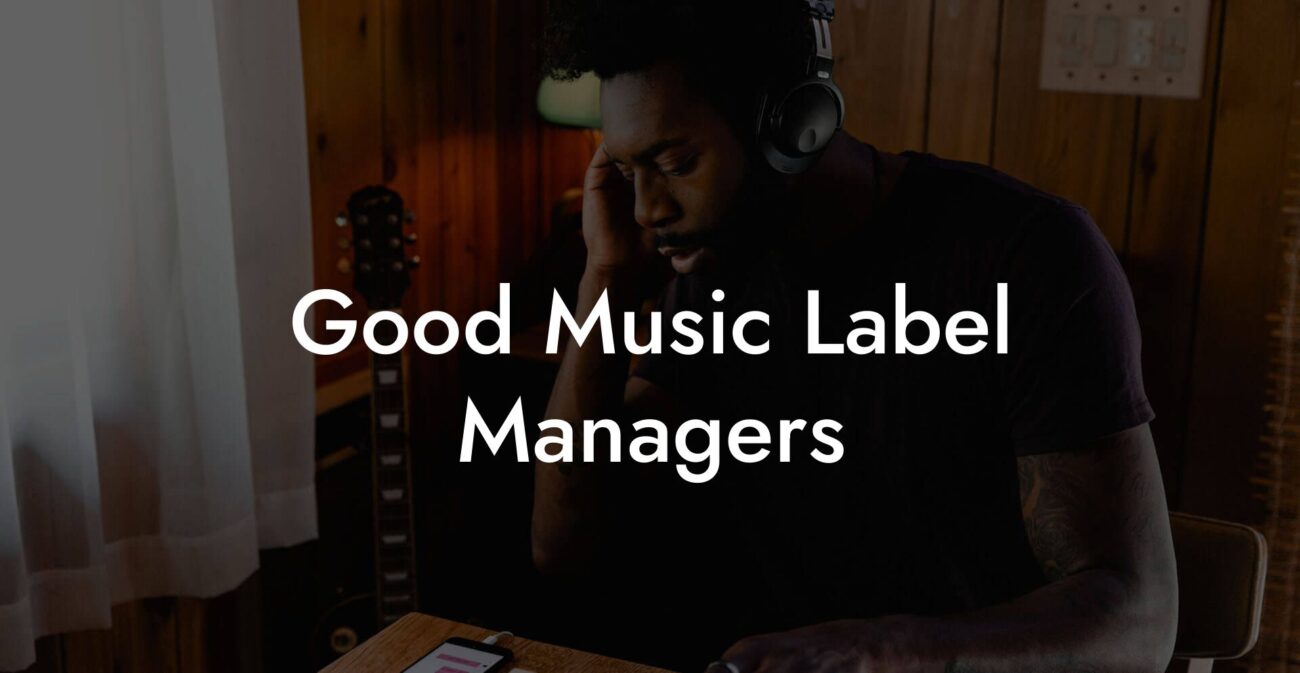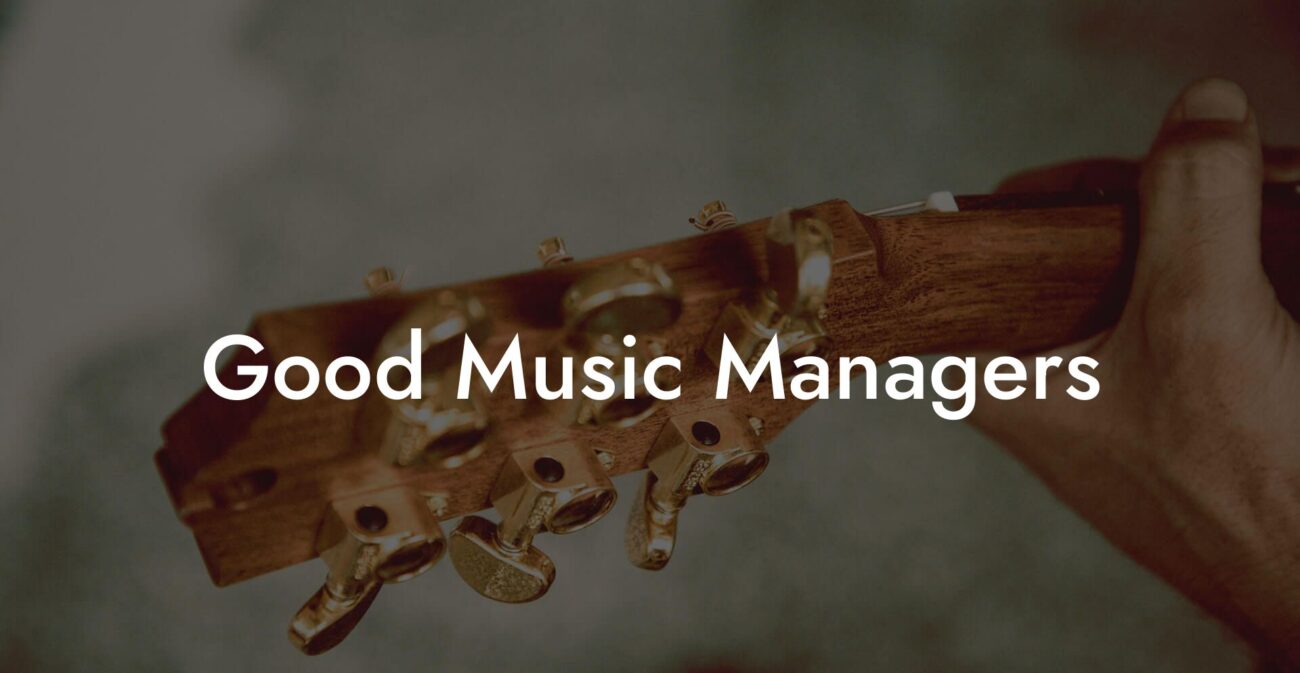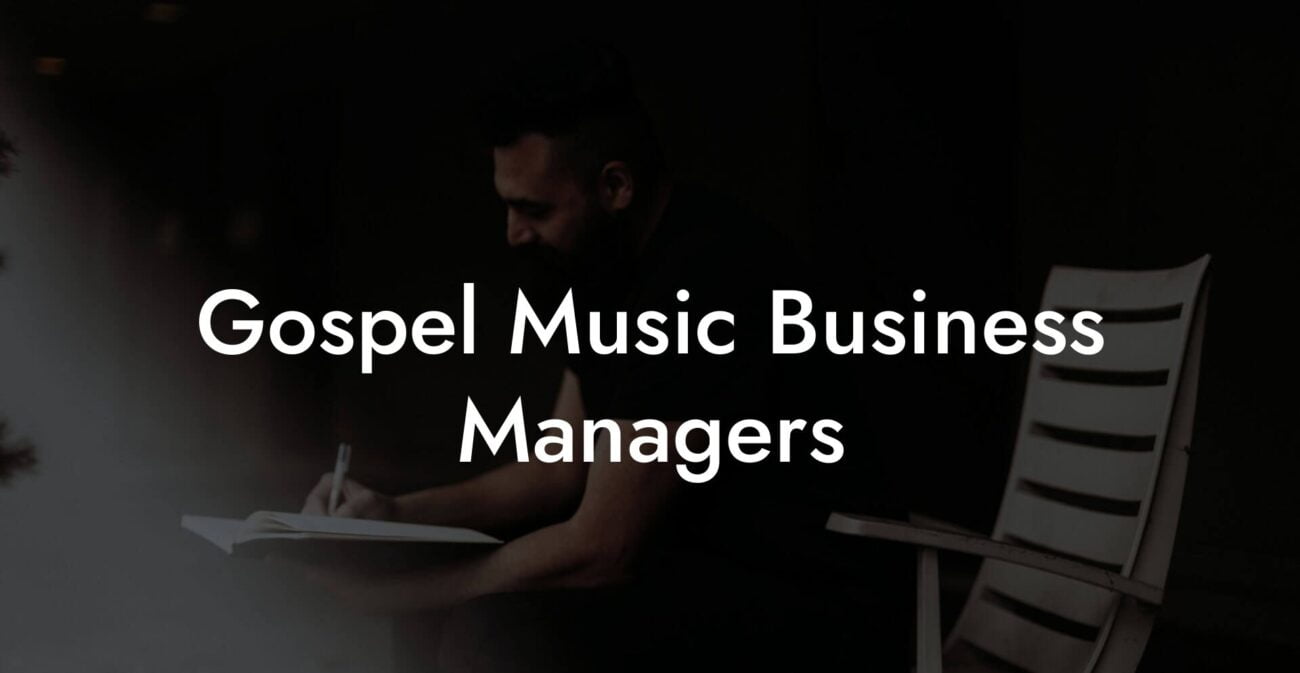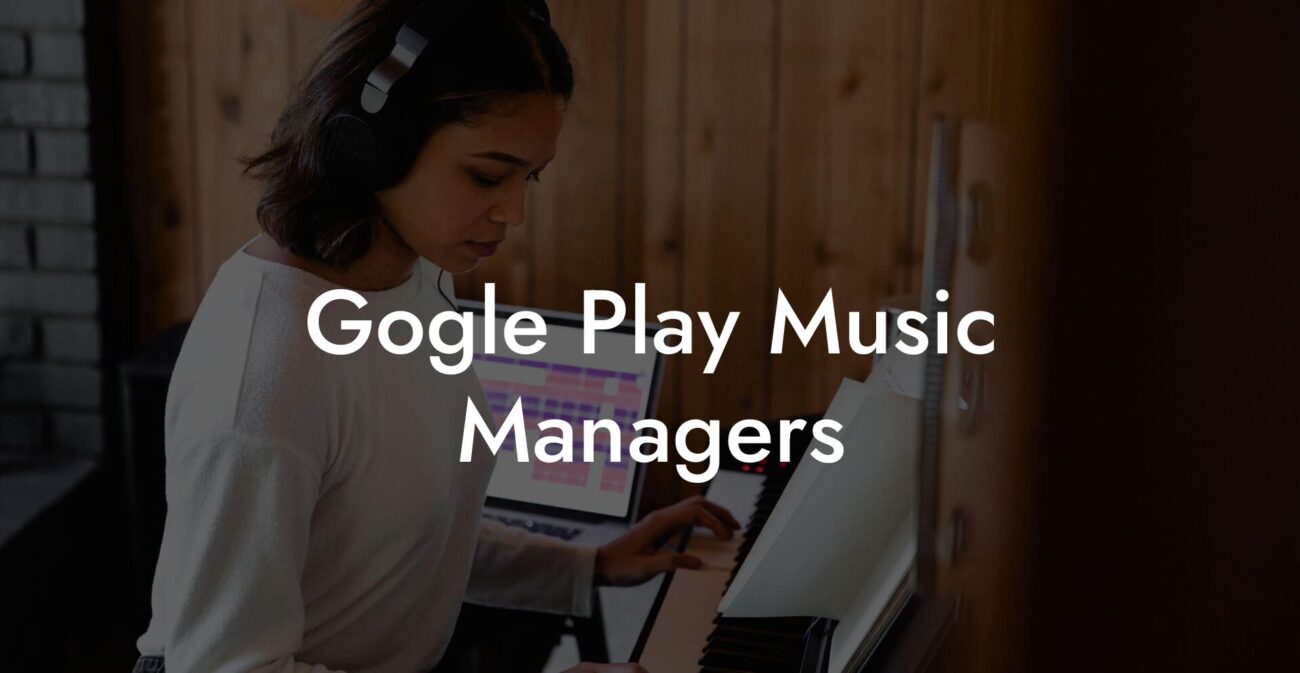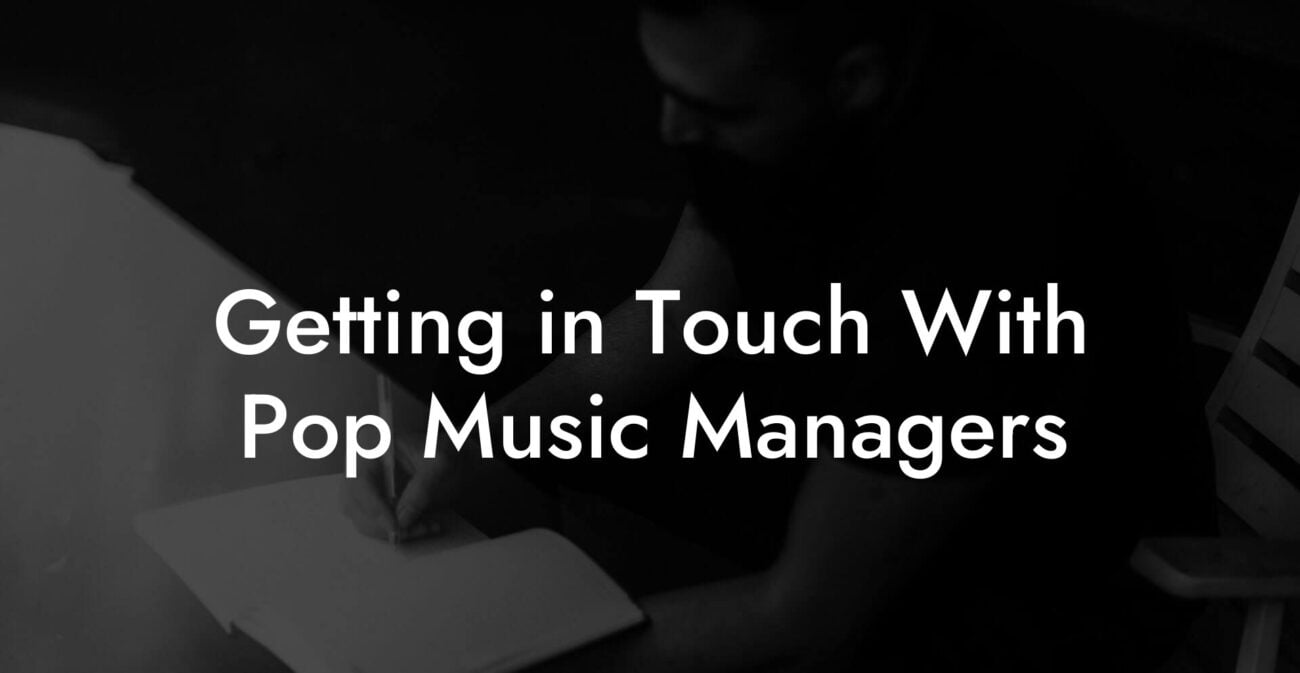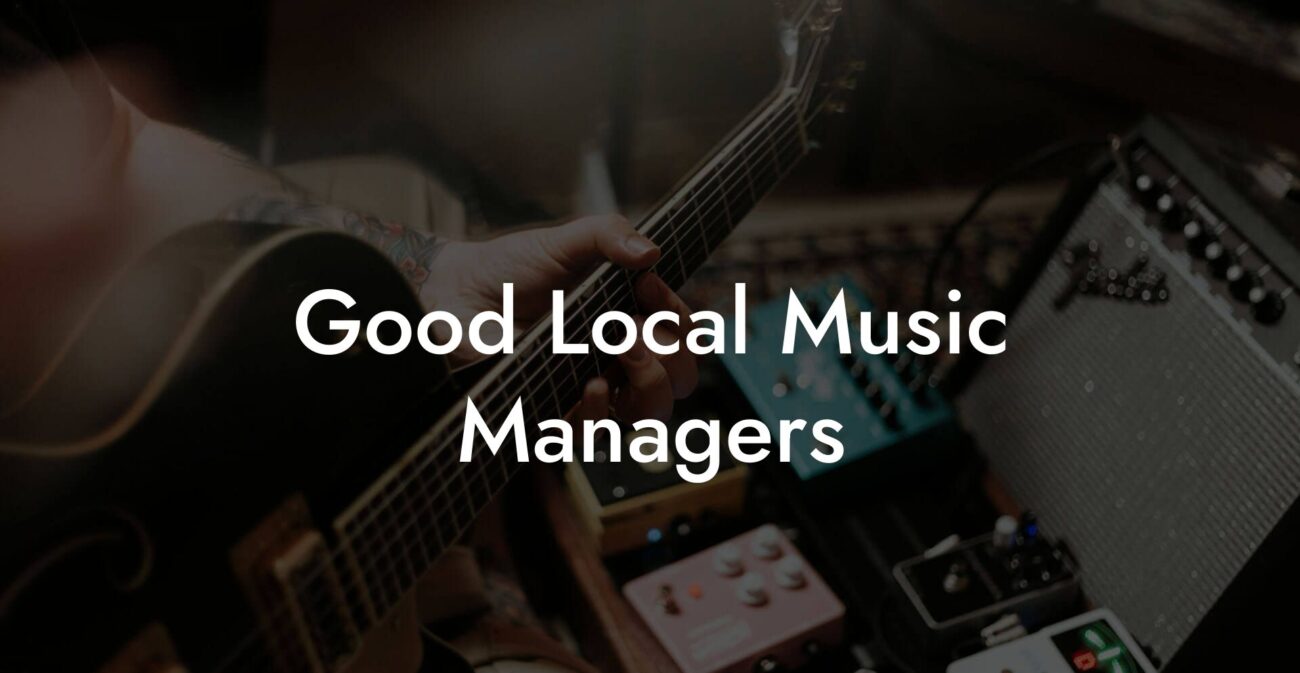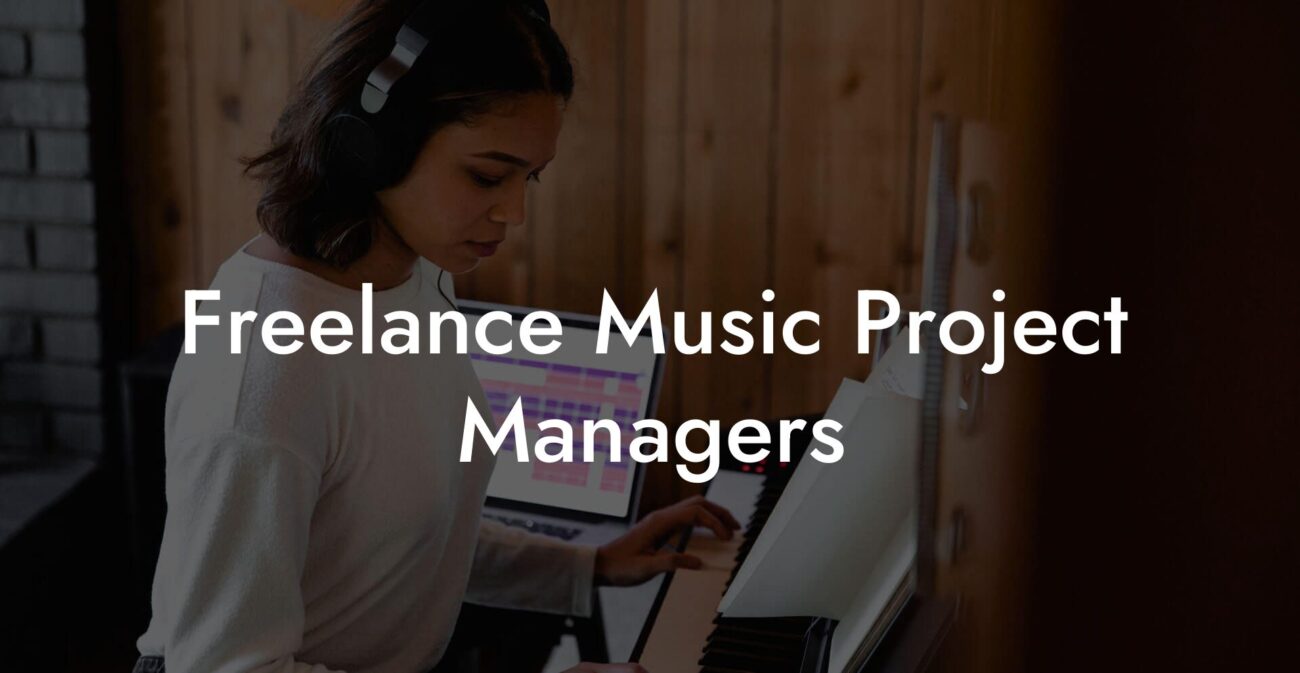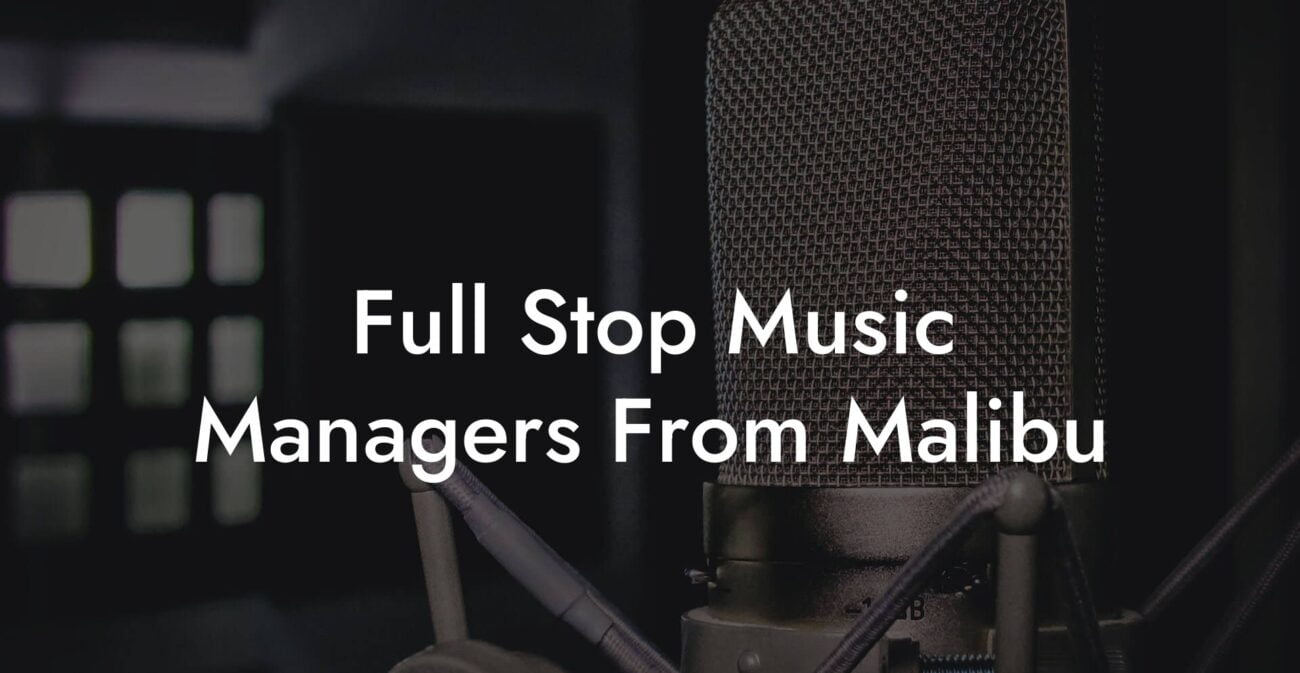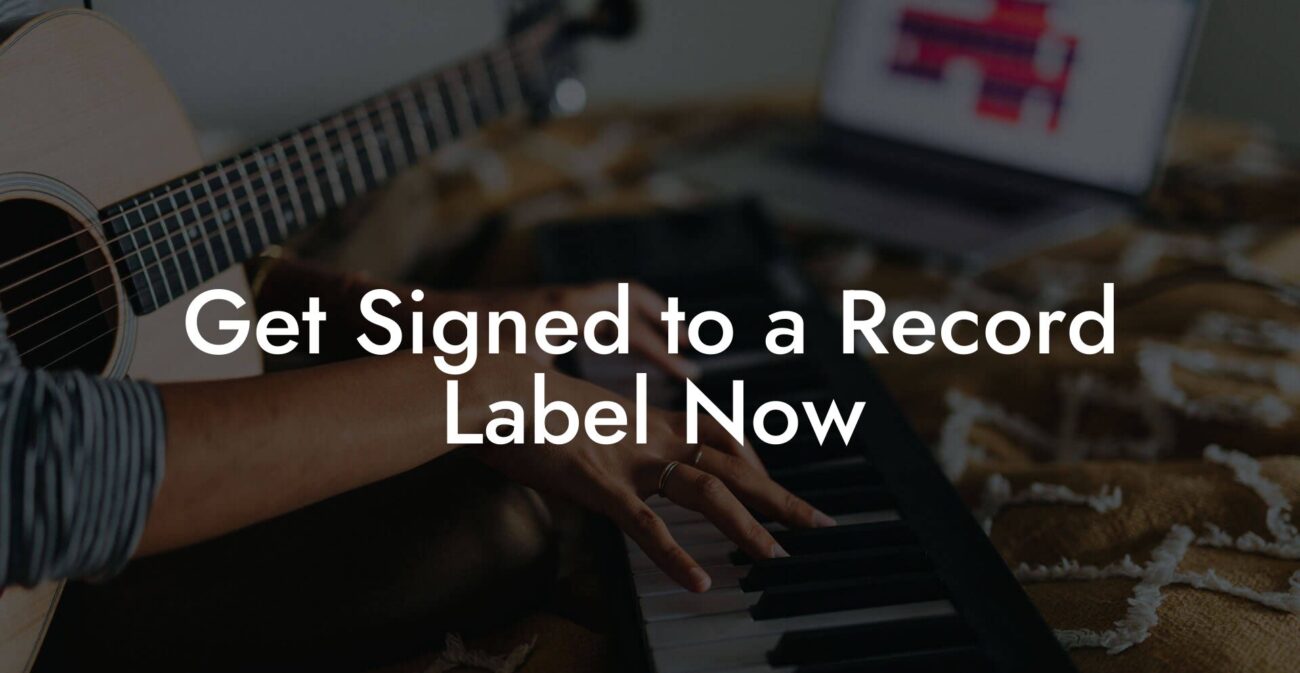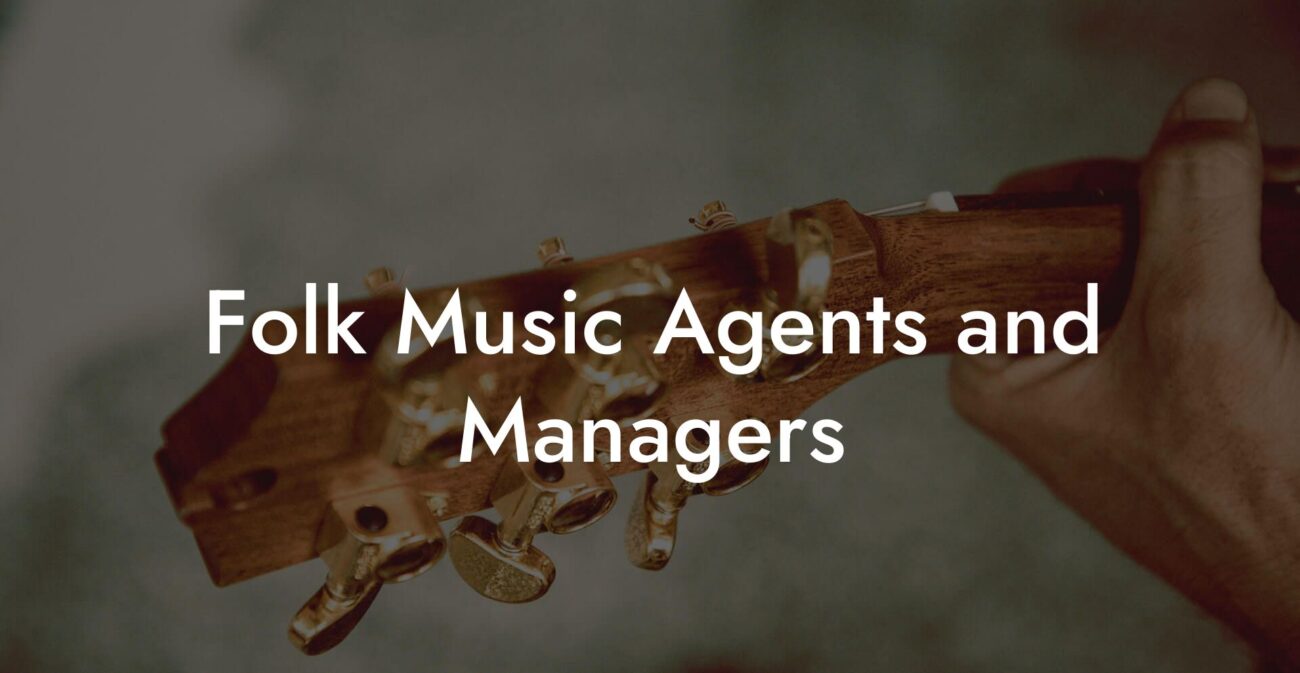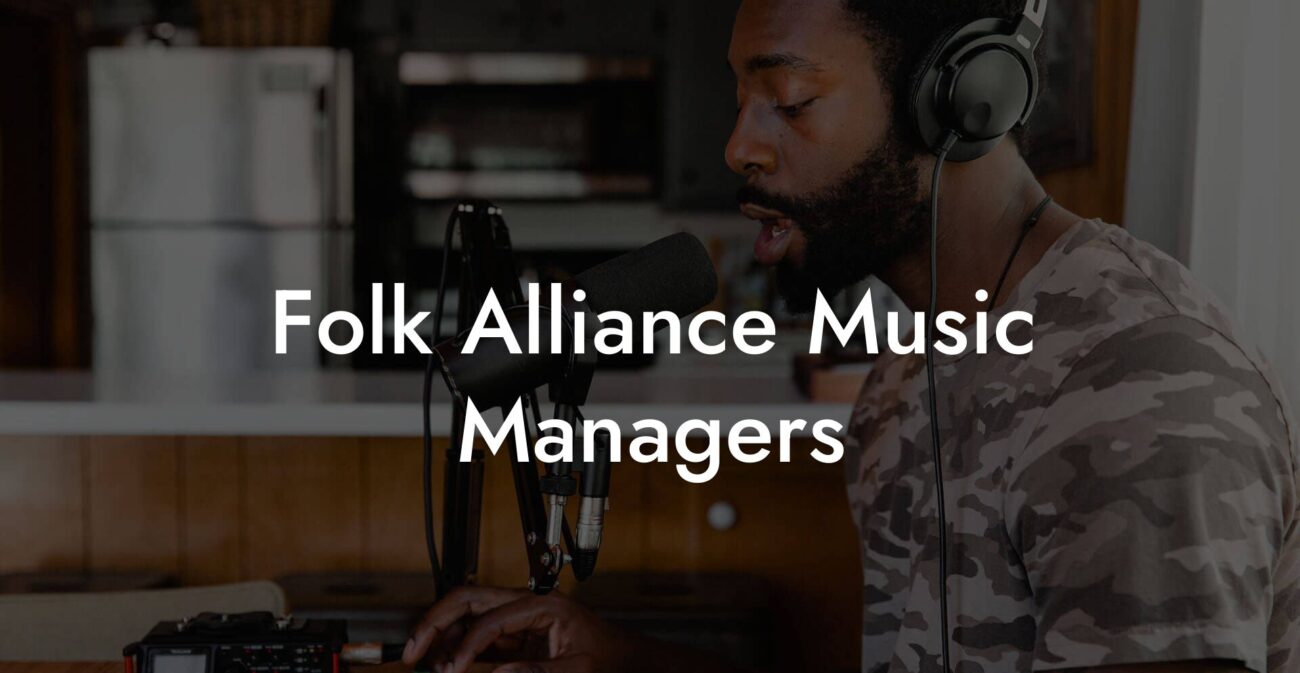Songwriting Advice
How Do Brand Managers Go About Deciding Music for Ad Promtoions and Commerciasl?

Ever wondered how brand managers manage to choose music for ad promotions and commercials that instantly gives you goosebumps, or makes you tap your feet even as you scroll through your feed? Picture a creative mastermind juggling mood boards, trendy beats, and copyright agreements while simultaneously trying to make sure the soundtrack perfectly captures a brand’s identity. Welcome to the wild, creative, and sometimes downright quirky world of music selection for advertisements, where every note is a strategic move and every beat tells a story.
Quick Interruption: Ever wondered how huge artists end up fighting for their own songs? The answer is in the fine print. Learn the lines that protect you. Own your masters. Keep royalties. Keep playing shows without moving back in with Mom. Find out more →
Quick Interruption: Ever wondered how huge artists end up fighting for their own songs? The answer is in the fine print. Learn the lines that protect you. Own your masters. Keep royalties. Keep playing shows without moving back in with Mom. Find out more →
Quick Links to Useful Sections
- Setting the Stage: Why Music Targets Emotions in Advertising
- Decoding the Brand Manager’s Playlist: The Core Role in Music Selection
- The Creative Process: How Brand Managers and Creatives Collaborate
- Crafting the Creative Brief
- Brainstorming Sessions and Mood Boards
- Listening Sessions
- Iterative Feedback Loops
- Navigating the Legal Labyrinth: Music Licensing and Copyright Essentials
- The Ins and Outs of Music Licensing
- The Negotiation Tango
- Emerging Trends in Music for Advertising: Staying Ahead of the Beat
- Digital Integration and AI-Generated Tunes
- Collaborations with Indie Artists
- Remixes, Mashups, and Genre-Bending Tracks
- Deep Dives: Real-Life Case Studies of Music in Advertising
- Case Study 1: The Nostalgia Factor
- Case Study 2: Breaking the Mold with Indie Vibes
- Case Study 3: The Power of a Contemporary Remix
- The Future Soundscape: Evolving Trends and the Next Big Beat in Advertising
- Essential Tools and Resources for Musicians and Brand Managers
- Lyric Assistant: Your Creative Co-Pilot
- Music Licensing Platforms
- Collaboration and Project Management Tools
- Analytics and Audience Insights
- Your Next Steps: Resources and Community Support
- FAQ: Your Questions on Music Selection for Ad Promotions Answered
- Stepping into the Spotlight: Embrace Your Creative Journey
Setting the Stage: Why Music Targets Emotions in Advertising
Music isn’t just background noise; it’s the secret sauce behind a spectacular ad. Think about it: a well-chosen tune can evoke memories, spark emotions, and even nudge you toward a purchase. In a fast-paced digital world where consumers, especially millennials and Gen Zers, are bombarded with endless visual stimuli, the right song can cut through the clutter and create a memorable experience. For brand managers, choosing music becomes a high-stakes creative endeavor that must align with a company’s identity while resonating with its target audience.
When you’re an aspiring musician or songwriter and dreaming of your own music gracing the backdrop of a high-profile commercial, understanding the intricate process that goes into music selection can be both inspiring and enlightening. Let’s peel back the curtain on how these decisions are made and why every chord, lyric, and bass drop is meticulously curated.
Decoding the Brand Manager’s Playlist: The Core Role in Music Selection
Brand managers are part strategist, part artist, and part detective, constantly on the lookout for that perfect sound that will resonate with their audience and tell a compelling story about their brand. Their role in choosing music for ad promotions and commercials involves juggling several key factors:
- Understanding Brand Identity: Music must reflect the brand’s personality, values, and messaging. Is the brand upbeat and trendy, or is it more classic and refined?
- Catering to the Target Audience: Brands often aim to strike a chord with specific demographics. A millennial might connect with indie pop, whereas a Gen Z audience may be drawn to lo-fi hip hop beats or EDM-inspired soundtracks.
- Setting the Mood: The selected track should evoke emotions that complement the visual narrative of the ad. Whether it’s excitement, nostalgia, or even a touch of rebellion, the music sets the tone.
- Balancing Creativity and Strategy: Brand managers have to ensure that the creative choices align with marketing goals, whether it’s brand recall, customer engagement, or boosts in conversion rates.
- Budget and Licensing: It’s not just about creativity; money talks. Securing the rights to a popular song or commissioning an original score involves strategic budgeting and negotiation with music publishers and artists.
In today’s competitive market, the selection process is a blend of art and science, a combination of data-driven insights and creative intuition. For those of you looking to break into songwriting or music production, knowing how your favorite songs might eventually pair with modern advertising campaigns offers a glimpse into a future where your creative outputs could power the next big commercial hit.
The Creative Process: How Brand Managers and Creatives Collaborate
When it comes to deciding music for ad promotions, it’s rarely a one-person show. Instead, it’s a collaborative jam session involving creative directors, marketing teams, music supervisors, and sometimes even the artists themselves. Here’s a behind-the-scenes look at the creative process:
Crafting the Creative Brief
Everything starts with a creative brief, a document that outlines the campaign’s goals, target audience, desired emotional impact, and, crucially, the brand’s identity. This brief serves as the north star for the entire music selection process. If you’re a songwriter using Lyric Assistant, you know that having a clear brief can help ignite creative ideas that speak directly to the intended audience.
Brainstorming Sessions and Mood Boards
Once the brief is in place, the team dives into brainstorming sessions, where every idea is welcome, even the ones that seem a little out there. Think of this as a musical free-for-all where mood boards are created by pinning together inspirational images, sounds, and even textures. These mood boards help visualize the intended vibe of the campaign and serve as an anchor point for the music selection.
Listening Sessions
Next up are listening sessions, where the creative team samples various tracks or demos. It’s akin to a DJ scratching through records to find the one soulful track that just strikes the right chord. In these sessions, every beat and melody is scrutinized for how well it aligns with the emotional tone of the ad.
Iterative Feedback Loops
The process can be highly iterative, with feedback cycling between the creative team, marketing executives, and sometimes even focus groups. The track may evolve from a rough demo into a polished masterpiece all before your eyes, as long as it fits the strategic goals, it might be the next anthem of a memorable campaign.
For those who dream of your lyrics or melodies being featured on an ad that everyone talks about, it’s critical to understand that this collaborative process is where art and strategy converge, creating a harmonious balance that delights both the ear and the eye.
Navigating the Legal Labyrinth: Music Licensing and Copyright Essentials
As much as the creative aspects of music selection are exhilarating, there's a more practical side that involves music licensing and copyright issues. Securing the rights to use a particular track isn’t like borrowing a friend’s mixtape, it’s a meticulous process that blends legal know-how with savvy negotiation skills.
The Ins and Outs of Music Licensing
Music licensing is the formal process of obtaining permission to use someone’s music in an advertisement. Whether it’s a well-known hit or an emerging indie track, the terms of use, duration, and scope of rights (e.g., nationwide, internet streaming, etc.) must be clearly defined. For brand managers, this means liaising with licensing agencies, record labels, and sometimes directly with the artist or composer.
It might sound like a lot of legal mumbo jumbo, but here’s the kicker: while the creative team is busy crafting the perfect ad narrative, the legal eagles ensure everything is dotted and crossed so that the campaign runs without any copyright hiccups.
The Negotiation Tango
Imagine a dance, one where every step is carefully coordinated. That’s what the negotiation process feels like when securing music rights. Brand managers and their legal teams negotiate fees, usage rights, and sometimes even creative input from the original artists. The goal is to arrive at a deal that aligns with both the brand’s vision and the artist’s expectations. For creative professionals and aspiring musicians, understanding this process can be a huge asset when you’re building a career in a field where art meets commerce.
With platforms like Lyric Assistant making it easier than ever to craft compelling lyrics, knowing the legal ins and outs not only bolsters your creative confidence but also arms you with the knowledge to navigate the business side of music production.
Emerging Trends in Music for Advertising: Staying Ahead of the Beat
The music landscape in advertising is continually evolving, driven by technology, shifting consumer preferences, and cultural trends. For brand managers aiming to hit the right note with modern audiences, keeping up with these trends is paramount.
Digital Integration and AI-Generated Tunes
One of the hottest trends is digital integration, using artificial intelligence to generate or suggest tracks based on a brand’s identity and campaign goals. AI-driven platforms analyze vast libraries of music and even create bespoke tracks that perfectly match a commercial’s mood. It’s like having a futuristic band on call, ready to compose a tune that resonates with both the creative brief and the digital habits of Gen Z and millennials.
Collaborations with Indie Artists
Instead of always turning to big-name artists, many brands now collaborate with up-and-coming indie musicians. This not only injects fresh, authentic sounds into ads but also resonates with audiences who crave unique and undiscovered talent. Plus, indie collaborations often come with more flexible licensing options, ideal for brands looking to make a splash without breaking the bank.
Remixes, Mashups, and Genre-Bending Tracks
In a world that thrives on remix culture, brand managers are tapping into creative reimaginings of classic tunes and genre-bending mashups. These innovative approaches can reinvent a familiar melody in a way that is both nostalgic and modern, capturing the attention of diverse audiences. Think of it as the remix revolution, where the old meets the new to create something entirely fresh.
Staying on top of these trends isn’t just exciting, it’s essential for any brand hoping to connect with an audience that values creativity, authenticity, and innovation. For the musician and songwriter, this means that your inventive sound could be the next big hit in an ad campaign that defines a generation.
Deep Dives: Real-Life Case Studies of Music in Advertising
Sometimes, the best way to understand the behind-the-scenes magic is by examining real-life examples. Let's look at a few case studies that showcase how brand managers and creative teams have successfully navigated the process to create unforgettable ad campaigns.
Case Study 1: The Nostalgia Factor
A well-known beverage brand aimed to evoke feelings of nostalgia with a campaign centered around memorable summer days and family gatherings. The team chose a classic tune from the 80s, giving it a contemporary remix that matched modern beats while retaining its sentimental value. Brand managers meticulously negotiated licensing rights and collaborated with a talented indie remix artist. The result? A commercial that resonated deeply with an audience longing for days gone by, while still capturing the vibrancy of modern life.
Case Study 2: Breaking the Mold with Indie Vibes
In another scenario, a tech startup known for its innovative gadgets opted for a daring, original composition created by an emerging indie musician. The chosen track featured quirky electronic sounds mixed with organic acoustic elements, a perfect metaphor for the fusion of technology and nature. The brand manager worked closely with the artist, using an iterative process that included multiple listening sessions and feedback rounds. This strategy not only gave the commercial an edgy, fresh vibe but also helped the startup stand out in a crowded market.
Case Study 3: The Power of a Contemporary Remix
A major fashion retailer decided to revamp its image by implementing a bold, provocative ad campaign. Instead of relying on a traditional track, the brand opted for a contemporary remix of an old-school hip-hop anthem. The dynamic beat and modern twist perfectly embodied the retailer’s transformation and appeal to younger consumers. Throughout the process, the brand manager skillfully navigated the legal complexities associated with remix rights, all while ensuring that the song’s integrity remained intact. The final product not only invigorated the brand image but also sparked social media buzz among millennials and Gen Z alike.
These case studies underscore the value of strategic music selection, where creativity, legal acumen, and a pulse on current trends converge to produce campaigns that leave a lasting impact.
The Future Soundscape: Evolving Trends and the Next Big Beat in Advertising
As digital platforms and streaming services continue to reshape our daily lives, the future of music in advertising promises even more innovation and creativity. Brand managers are increasingly turning to data-driven insights, social media trends, and advanced technology to predict which sounds will resonate with modern audiences.
Imagine an advertising landscape where machine learning algorithms analyze millions of songs in real time, pinpointing tracks that perfectly align with a brand’s message and the collective mood of its audience. With the emergence of virtual reality (VR) and augmented reality (AR), commercials might soon offer immersive soundscapes that adapt dynamically to viewer interactions. For anyone passionate about music and creative expression, these advancements open new doors for blending art with technology.
Whether you’re an established musician or just starting out with tools like Lyric Assistant to write your next hit, the evolution of music selection in advertising is a space full of opportunities. It’s a field where innovation is celebrated, and where your creative ideas might be the spark that ignites the next viral commercial campaign.
Essential Tools and Resources for Musicians and Brand Managers
In a world where every element of a campaign matters, having the right tools at your disposal can be a game changer. For brand managers, music supervisors, and creative teams, a combination of digital platforms, licensing resources, and analytical tools helps streamline the selection process. And for musicians eager to see their compositions featured in advertising, embracing these tools is crucial.
Lyric Assistant: Your Creative Co-Pilot
At Lyric Assistant, we empower musicians to effortlessly write compelling lyrics that capture the essence of their creative vision. Whether you’re aiming to pen a hit commercial jingle or an emotional ballad, our platform is designed to enhance your songwriting process with intuitive tools and collaborative features.
Music Licensing Platforms
Platforms like Songtradr, Musicbed, and Audio Network streamline the process of finding and licensing music for commercial use. They offer extensive libraries, making it easier for brand managers to source the perfect track while ensuring that legal requirements are met.
Collaboration and Project Management Tools
Effective collaboration is at the heart of successful music selection. Tools such as Trello, Slack, and Asana help creative teams communicate seamlessly, manage feedback loops, and keep the project on track from conception to final cut.
Analytics and Audience Insights
To ensure that the selected music resonates with the right demographic, brands are increasingly relying on audience analytics and data insights. Platforms like Google Analytics and social media monitoring tools provide valuable feedback, enabling brand managers to tweak their strategies in real time.
Combining these resources enables both musicians and brand managers to harness the full power of music in advertising, creating campaigns that strike a perfect balance between creativity and strategy.
Your Next Steps: Resources and Community Support
Whether you’re a seasoned brand manager or an aspiring musician ready to break into the advertising scene, the journey toward mastering music selection is filled with resources, community support, and endless opportunities for growth. Here are some actionable steps to help you take your passion to the next level:
- Join Online Communities: Platforms like Reddit, Discord, and Facebook groups host vibrant communities of music curators, branding experts, and fellow songwriters. Engage in discussions, share your work, and learn from industry insiders.
- Leverage Educational Resources: Look for webinars, courses, and workshops that cover topics like music licensing, creative songwriting, and video production. Knowledge is power, and these resources can help you stay ahead of the curve.
- Experiment with New Tools: If you’re a musician, tap into platforms like Lyric Assistant to streamline your creative process and experiment with new lyrical ideas. For brand managers, explore the latest trends in analytics and music libraries to elevate your campaigns.
- Network, Network, Network: Making connections within the music and advertising industries can lead to exciting collaborations and career opportunities. Attend industry conferences, participate in virtual meetups, and don’t shy away from reaching out to experts in your field.
- Stay Updated on Trends: Follow industry blogs, subscribe to newsletters, and listen to podcasts dedicated to music in advertising. Staying informed will help you anticipate shifts in consumer preferences and technological innovations.
The creative industry is ever-evolving, and your proactive steps today could pave the way for tomorrow’s breakthrough in advertising. Remember, every hit commercial starts with that one perfect note, a note that could very well come from your next composition.
FAQ: Your Questions on Music Selection for Ad Promotions Answered
We know you’ve got questions buzzing in your head, so here are some of the most frequently asked ones about how brand managers decide on music for commercials and ad promotions.
1. How do brand managers decide which music fits a commercial best?
Brand managers consider several factors, including brand identity, target audience demographics, and the overall mood of the ad. They often collaborate with creative teams, music supervisors, and sometimes the artists themselves to ensure the selected track resonates with the intended message and emotion.
2. What role do music supervisors play in this process?
Music supervisors help bridge the gap between the creative vision and the legal aspects. They source tracks, manage licensing negotiations, and ensure that the music’s tone aligns with the campaign’s overall narrative.
3. Are original compositions more effective than licensed tracks for commercials?
Both original compositions and licensed tracks have their merits. Original compositions are often tailored specifically to a campaign, offering a unique and exclusive sound, while licensed tracks can bring established recognition and nostalgia. The decision depends on the campaign’s goals, budget, and target audience.
4. How do indie artists and emerging musicians fit into the advertising world?
Many brands are now embracing fresh, indie talent to distinguish themselves in a crowded market. Collaborating with indie artists can introduce innovative sounds and creative approaches that resonate particularly well with younger audiences such as millennials and Gen Z.
5. What challenges do brand managers face when securing music rights?
The main challenges include navigating complex copyright laws, negotiating licensing fees, and balancing creative aspirations with budget constraints. The process requires careful collaboration with legal teams and music licensing platforms.
6. How has technology influenced music selection in advertising?
Technology, especially AI and data analytics, has revolutionized the way brands select music. Tools can now analyze consumer data and help predict which songs are likely to resonate with specific target audiences, streamlining the creative process.
7. Can music really boost an ad’s success?
Absolutely. A well-placed track has the power to enhance emotional appeal, improve brand recall, and even influence purchasing decisions. It transforms a simple commercial into an engaging sensory experience.
8. What advice do you have for musicians hoping to break into the commercial arena?
Stay creative, engage with communities like those found on Lyric Assistant, and network relentlessly. Embrace new tools and trends, and remember that every collaboration is a stepping stone toward greater opportunities.
Stepping into the Spotlight: Embrace Your Creative Journey
At the heart of every memorable advertisement is a powerful blend of creativity, strategy, and passion. Whether you’re a brand manager meticulously curating the perfect sonic backdrop or an aspiring musician dreaming of your lyrics lighting up a commercial screen, the process of integrating music with advertising is as dynamic as it is inspiring.
The journey begins with understanding that every brand has a unique story to tell, and every note is an opportunity to express that story in a way that resonates with the audience. As the digital landscape continues to evolve and consumer tastes shift, the power of music in advertising remains a constant source of innovation and emotional connection.
Embrace the challenges, celebrate the creative wins, and remember that every musical choice is a step toward building a bridge between art and commerce. Your creativity has the potential to elevate brands to new heights and to transform everyday commercials into compelling narratives that stick in our minds.
So, whether you’re behind the scenes in a bustling brand’s marketing department or crafting your latest track with Lyric Assistant, take heart in knowing that every creative endeavor you undertake is part of a larger, ever-evolving conversation about the future of advertising.
Your work matters, your voice is unique, and in the grand orchestra of branding and music, you are the next rising star. Keep experimenting, collaborating, and innovating, the perfect harmony is just one brilliant idea away.

